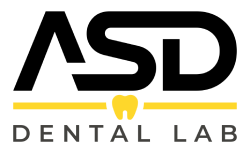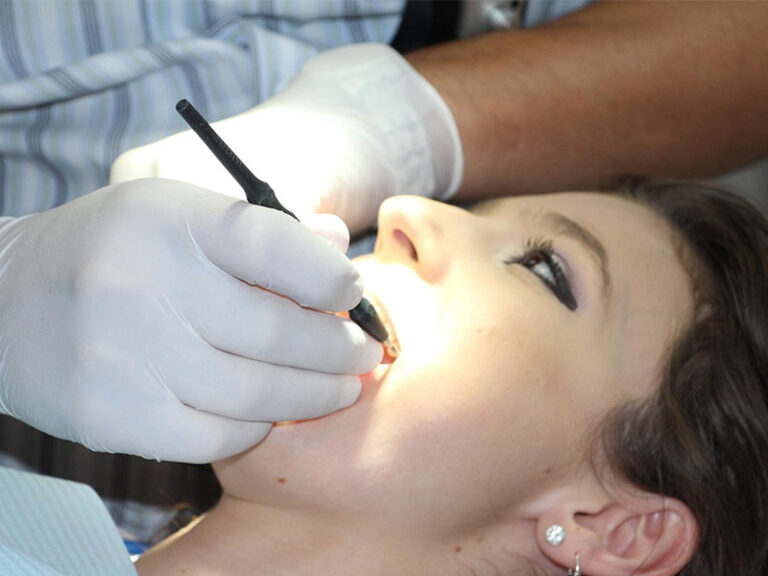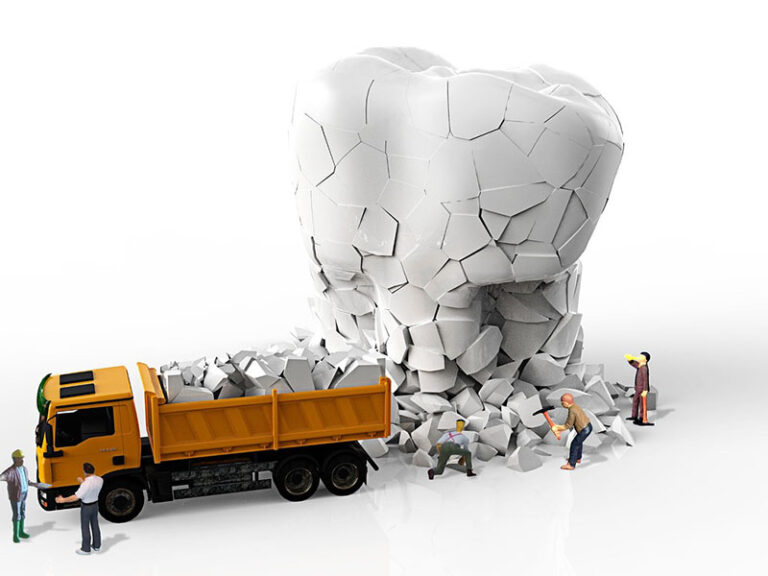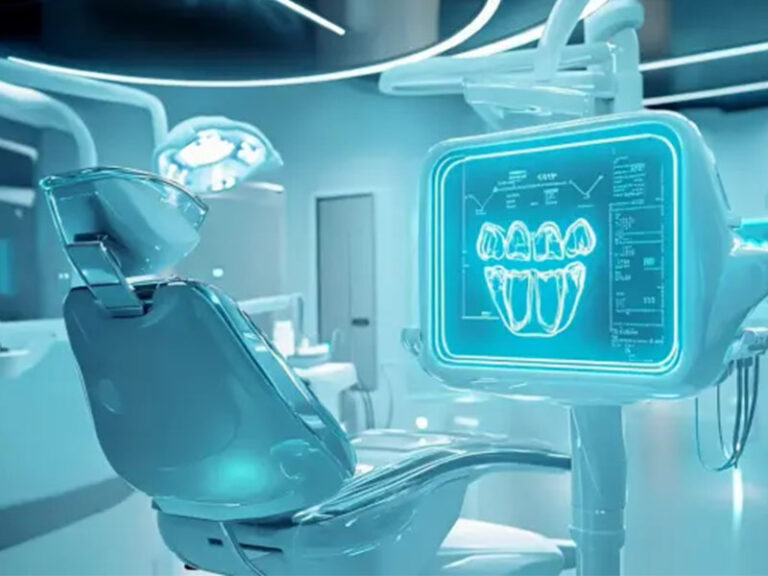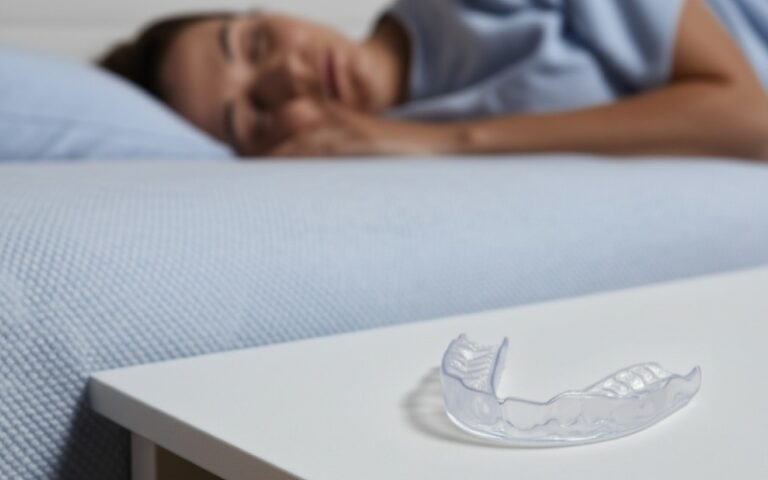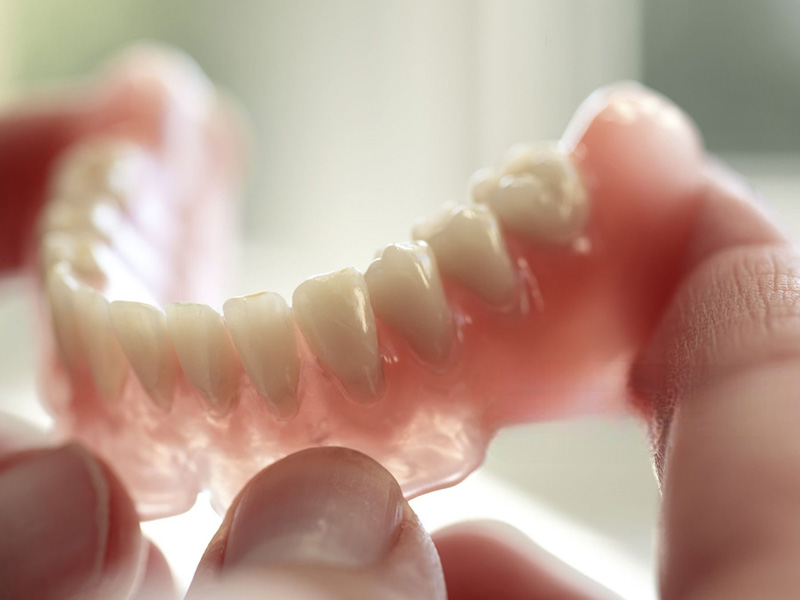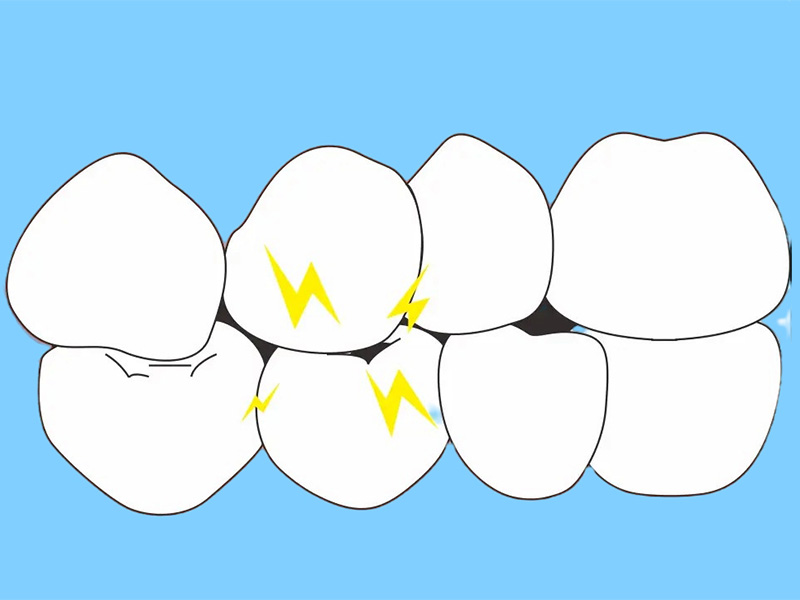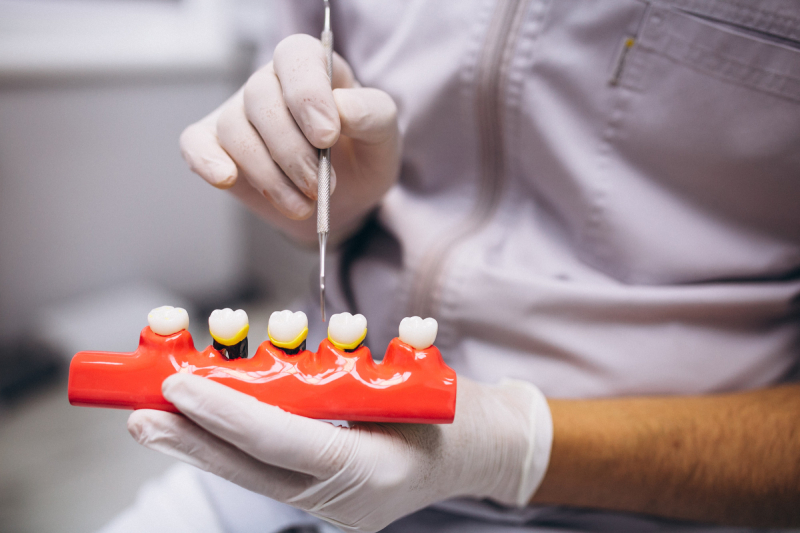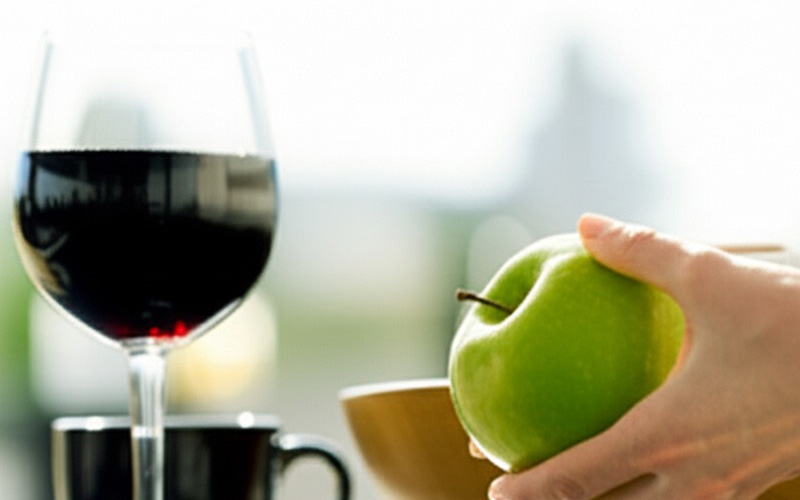
Dietary Habits and Tooth Staining: A Simple Guide to Protecting Your Smile
Did you know your favorite foods and drinks can change the color of your teeth? This article will help you figure out why your teeth get stains, which daily habits cause them, and how you can keep your smile bright by making better choices. It’s worth reading because what you eat and drink every day affects your teeth a lot—not just how they look, but their health too.
Table of Contents
What Is Tooth Staining and Why Should You Care?
I remember the first time I saw my teeth looked yellow in a photo. I brushed twice a day and flossed, so what went wrong? Stained teeth can make you want to hide your smile. But it’s not just about looking good. Tooth stains can show you aren’t cleaning your teeth well, your enamel is wearing away, or you have some bad habits like drinking too much soda or coffee.
There’s an easy answer—find out what causes stains, what you can do to keep them away, and how to fix them if you already have them. A bright, healthy smile makes you feel good and helps you make a good first impression. That’s why tooth staining matters to everyone.
What Types of Tooth Stains Are There?
Teeth don’t all stain the same way. Dentists talk about two types: extrinsic stains and intrinsic stains.
Extrinsic stains are on the outside of your tooth, the enamel. They’re caused mostly by things that touch your teeth—foods, drinks, tobacco, or even plaque. These stains can be yellow, brown, or almost black. The best part? Dentists or home whitening kits usually get rid of them.
Intrinsic stains go deeper. They happen under the surface, in the layer under the enamel, called dentin. Weak enamel, some medicines (like tetracycline), too much fluoride, or even an injury can give you these. Intrinsic stains are harder to fix and might need things like veneers, crowns, or special whitening. Picking the right fix depends on what kind of stain you have.
| Stain Type | Where It Is | Main Cause | Best Solution |
|---|---|---|---|
| Extrinsic | On enamel (outside) | Food, drinks, habits | Cleaning, whitening |
| Intrinsic | In dentin (inside) | Enamel loss, medicine | Cosmetic work |
Which Foods and Drinks Stain Teeth the Most?
You might be surprised at how many everyday things can stain your teeth. Here are the big ones:
- Coffee and Tea: Full of things that make dark stains on enamel.
- Red Wine: Has lots of color, stickiness, and is very sour—great for stains.
- Cola and Soft Drinks: It’s not just sugar; the dark color and acid also stain and hurt teeth.
- Dark Juices: Grape, cranberry, pomegranate, and blueberry juices are full of dark pigments.
- Sports and Energy Drinks: They sound harmless, but acids in them soften enamel, so stains stick.
- Berries: Blueberries, blackberries, and raspberries have very strong color.
- Tomato-Based Foods: Tomato sauces, ketchup, salsa stain thanks to red pigment and acid.
- Balsamic Vinegar, Soy Sauce, Curry, Beets, Turmeric: These are dark, sticky, and full of natural dye.
Personal Example: I used to drink black tea every morning and eat blueberries at lunch. I couldn’t figure out why my teeth looked yellow by the end of the week, even after brushing. When I had less of these foods and rinsed my mouth with water afterward, my teeth looked better.
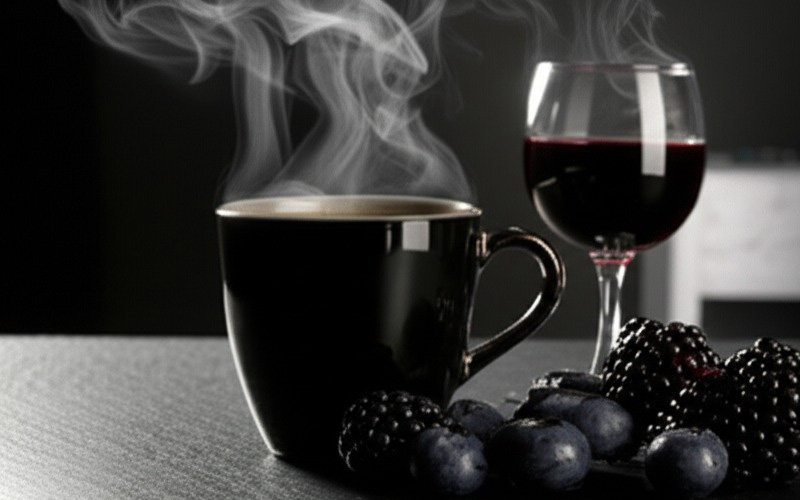
Why Do These Foods and Drinks Cause Stains?
Here’s a quick science lesson. Remember these three things:
- Chromogens are big, sticky stuff in many foods and drinks. They love to cling to your enamel, especially if you have rough spots or plaque.
- Tannins are in coffee, tea, red wine, and some fruit. They help chromogens stick even more.
- Acids wear down enamel so stains can “sink in” easier.
When you drink something hot like coffee or tea, your enamel gets more open. That’s like opening the door—stains walk right in! If you have plaque or tartar, the sticky surfaces make it even easier for stains to hold on and build up over time.
Analogy: Imagine chromogens and tannins as paint and glue. If your wall’s rough (plaque), the paint (food stains) sticks better and won’t come off easily!
How Does Acidic Food Make Stains Worse?
Acid is double trouble: it makes enamel softer and rougher, so stains can stick, and it can hurt teeth. Soda, citrus fruits (like lemons and oranges), pickles, and vinegar are common acidic foods. Even healthy things, like oranges or salad dressings, make your mouth more acidic.
When enamel gets soft, it’s more open. That lets dark drinks, berries, or sauces get inside and stain your teeth. If you brush right after you eat or drink something sour or acidic, you might scrub off some enamel—making it even easier to get stains! So, watch for acid and be careful with the toothbrush (more on this soon).
Do Bad Habits Like Smoking Stain Teeth Too?
Yes, they do. It’s not just about food. Bad habits like smoking or chewing tobacco are big reasons teeth stain. Tobacco and nicotine put brown or black marks on teeth and cause more plaque and tartar.
Some medicines can stain teeth too—like certain antibiotics taken as a kid, or mouthwashes with chlorhexidine. Getting older or having too much fluoride in your water can also turn your teeth yellow or make them look spotty.
Quick List of Stain-Making Habits:
- Smoking or chewing tobacco
- Not brushing or flossing (plaque)
- Drinking lots of soda or sour juices
- Not drinking enough water
- Taking some medicines (ask your dentist)
How Can I Stop Teeth from Getting Stained?
Now the good news: you can fight back!
- Have less of the foods and drinks that stain. Eat or drink them less often.
- Use a straw for cola, juice, or wine. That keeps most liquid away from your front teeth.
- Swallow right away—don’t keep drinks in your mouth or swish them around.
- Rinse with water right after you eat or drink something dark or sticky. That washes off colors before they can stain.
- Eat something white after: Foods like cheese, yogurt, apples, and carrots clean your teeth as you chew.
- Drink more water all day to wash stuff away and make saliva, your mouth’s best cleaner.
- See the dentist often for cleanings—most stains can’t stand up to a dentist!
Real Life Tip: I started sipping cola with a straw and then chased it with water. My teeth felt much cleaner after.
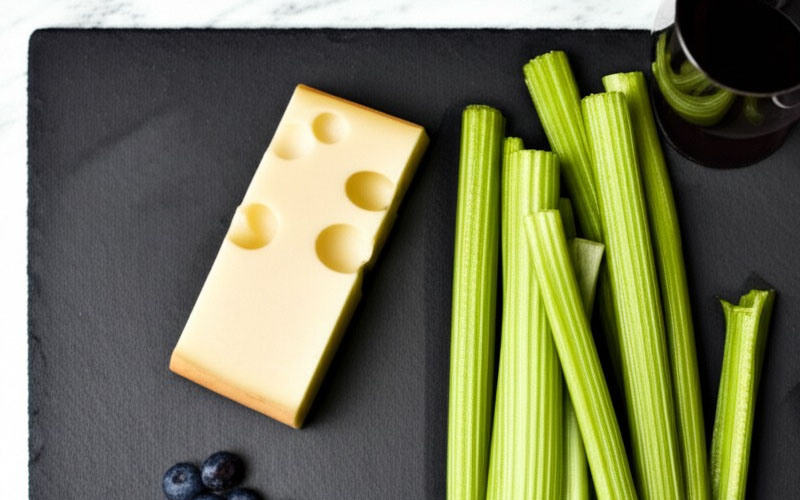
When Should I Brush My Teeth After Eating or Drinking?
Lots of people make this mistake. You might want to brush right after you eat, but that’s not always a good idea! If you just had fruit, soda, or tomato sauce, wait at least 30 to 60 minutes before brushing. That way, your enamel can “get strong again” after acid. Brushing too soon can scrape off softened enamel.
Instead, rinse with water right away. If you know you’re about to have strong-colored foods, brush before your meal to take away plaque that would catch stains.
Quick Rule:
- Rinse after eating, brush later (not right after acids).
What Foods Help Keep My Teeth White?
Here are some foods that are good for your teeth and help keep them white:
- Crunchy fruit and veggies like apples, carrots, and celery clean your teeth as you chew.
- Dairy foods (milk, cheese, yogurt) have minerals that make enamel strong.
- Water keeps your mouth wet and washes away sticky stuff before it can stick.
- Sugar-free gum (with xylitol) makes you make more spit, which helps wash out food and acid.
Eating these often keeps your teeth bright and your gums healthy too.
What Should I Do If My Teeth Are Already Stained?
Don’t panic, you don’t have to have stained teeth forever!
Professional Cleaning:
Dental cleanings can get rid of most surface stains and make your teeth much whiter.
Whitening Toothpaste and Mouthwash:
These are simple to use at home and help with small or new stains if you use them every day.
Professional Whitening:
If stains won’t go away, your dentist can use stronger products that work way better than over-the-counter strips or gels.
Cosmetic Solutions:
For really tough stains inside your tooth, dentists can use things like veneers, crowns, or bonding to cover the tooth with a white layer.
Always ask your dentist what’s best for you. Not every treatment fits everyone, especially if you have sensitive teeth, cavities, or gum troubles.
Does What I Eat Affect More Than Just Stains?
For sure. What you eat can stain teeth, but it also can weaken them, cause cavities, or hurt your gums. Eating and drinking lots of acid and sugar makes enamel wear away and feeds harmful germs. That can cause cavities, gum disease, and even losing teeth if you’re not careful.
A healthy diet (lots of fruits, veggies, dairy, and water) helps your whole mouth—not just keeping it stain-free, but also strong, free of cavities, and smelling fresh!
FAQ: Your Questions About Tooth Stains Answered
Can kids get tooth stains from food?
Yes! Baby teeth are softer, so bright drinks and foods can stain. Give them water and a mix of different foods.
Does genetics matter for tooth color?
Yes, some people are born with more yellow or gray teeth. But what you eat and your habits matter much more.
Is whitening toothpaste safe every day?
Most are okay if you use them the right way. Stop and talk to your dentist if your teeth feel sensitive.
Can chewing gum stop stains?
Yes! Sugar-free gum, especially with xylitol, helps you make more saliva, which washes away stains and germs.
What if nothing works?
Some deep stains need special help like veneers or dentist whitening. Only your dentist can do these.
Summary: The Most Important Things To Remember
- What you eat and drink is the biggest reason for tooth stains.
- Coffee, tea, red wine, cola, berries, and sauces stain the most.
- Acid in foods and drinks lets stains soak in much easier.
- Good brushing, rinsing, and drinking water stop lots of stains before they start.
- Brush before eating acids—not right after. Wait 30–60 minutes after acids before brushing.
- Crunchy fruit, veggies, dairy, and water all help keep teeth clean and strong.
- Dentist cleanings and whitening work best for stubborn stains.
- Healthy choices keep teeth white and keep your whole mouth in good shape.
- Don’t let stains steal your smile! Smart choices and a little care make a big difference.
References:
- National Oral Health Study 2023
- Journal of Dental Research, 2021
- Journal of Cosmetic Dentistry, 2022
- Oral Biology Journal, 2020
- Dental Hygiene Review, 2019
- Clinical Dentistry Reports, 2023
